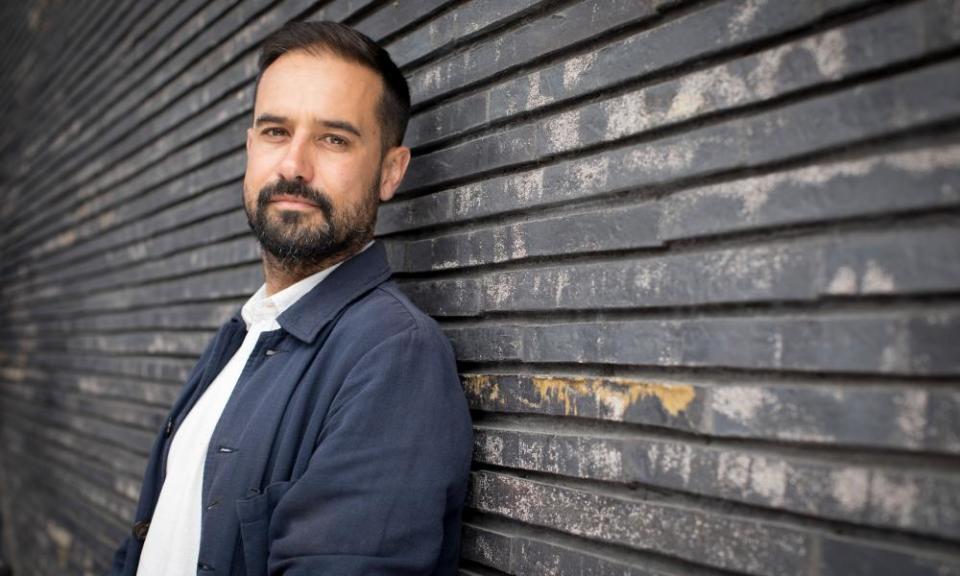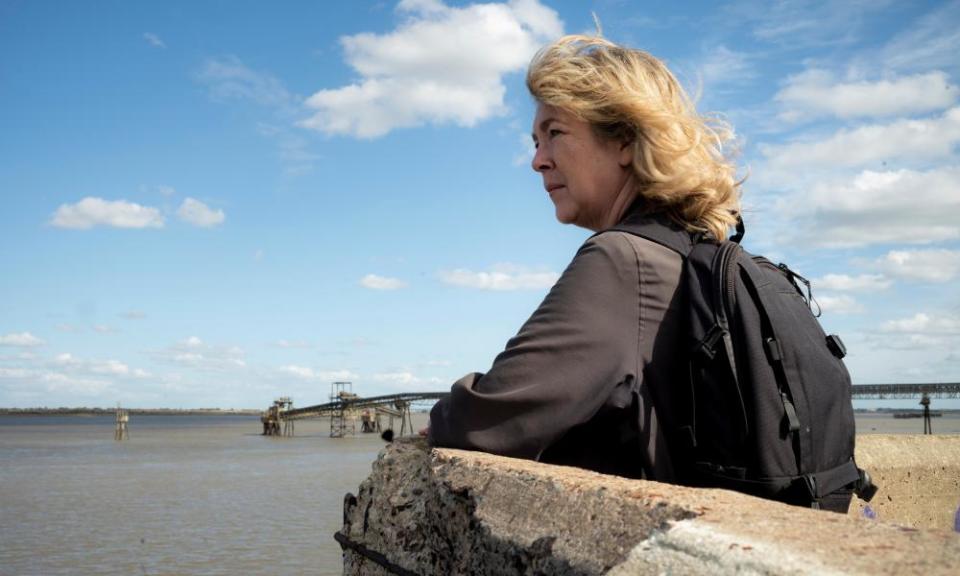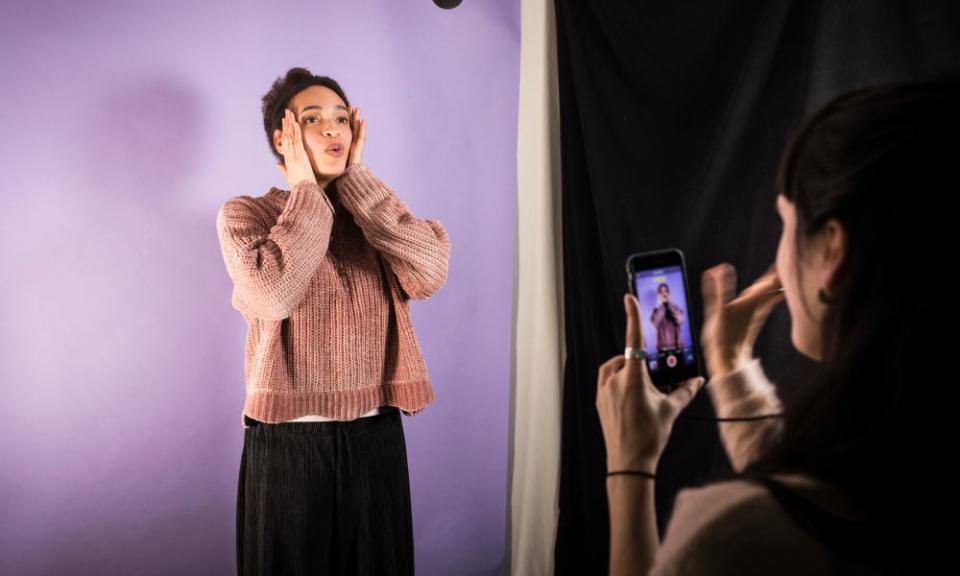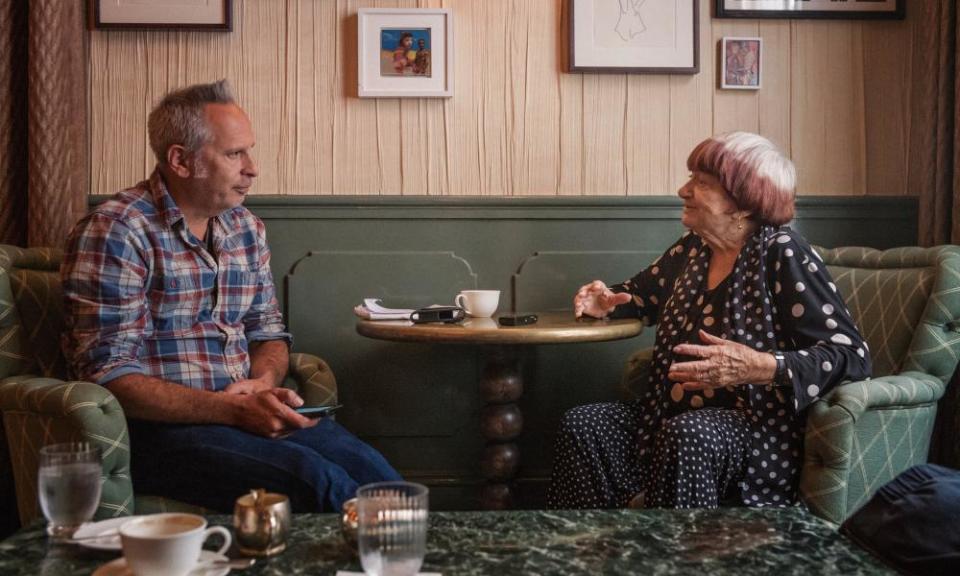200 years of newsroom style: what journalists wear to work
What do you imagine journalists wear to work? Three-piece vanilla silk suits, like Tom Wolfe? Robert Redford’s Wasp-y needlecord in All the President’s Men? Or something uniquely earth-tone like Paddy Considine’s “Guardian” reporter in The Bourne Ultimatum?
The late journalist Betty Jerman, who joined the paper in 1951 and worked simultaneously as secretary and columnist, once said of her “rather shabby” male colleagues: “You had the feeling they weren’t terribly interested in looking smart. They were more interested in what they were writing.”
The reality today is slightly different. “Everyone needs to conform in some way,” says Patrick Wintour, the Guardian’s diplomatic editor. “So it does matter what we journalists wear.”
The Guardian has never had a prescribed dress code. The clothes simply reflected the times. At the start of the 20th century, this meant a dark or tweed three-piece suit, white shirt and plain tie.
Women were in “support roles” until 1917 when Madeline Linford, the first editor of the Manchester Guardian’s women’s page, started writing for the paper. She was mindful of 20s fashion, wearing full-length dresses in sober colours and her hair in a finger-wave bob.
By the 60s and 70s, it was a far more relaxed affair. The shirts were darker, skirts had migrated north and lapels had migrated south. CP Scott’s freedom of expression even extended to allowing Peter Preston’s jazziest ties.
In the 80s, Wintour, then a political reporter, said the Guardian’s unofficial uniform for men was “dark trousers and a white open-neck shirt – that was our code”. Like Westminster, he says, it’s relaxed somewhat: today, chinos are as common as suits, trainers as present as heels. As the paper’s head of investigations, Paul Lewis, who prefers workwear jackets to blazers, puts it: “When you go to a story where there are lots of reporters, the Guardian journalists are always the most underdressed there. And the ones with beards.”
What reporters wear obviously depends on their role. You could be sent to court or a crime scene “so versatility is key”, says Lewis. Anonymity, too. “How you’re dressed shouldn’t be the first thing people notice about you,” he adds. “You want to look approachable, not overly considered”.

Wintour says you have to make an effort when dealing with politicians and officials. “I know some people say you should give nothing away but if you turn up looking like [a scruff], it’s less likely that a Conservative minister is going to give you the time of day. And with certain people – ambassadors, say – I think it’s presumptuous to not wear a tie. There’s no need to cause a minor offence and it could trigger something in their brain about who you are.”
Most journalists learn this the hard way. Lewis remembers his first day at the Guardian in 2005 for all the wrong reasons. “I was skint so I borrowed some money from my mum, went to TM Lewin, and bought a dark suit, dark tie, white shirt and black shoes.” The first person he saw was the investigative journalist Duncan Campbell, wearing a silk shirt, black tight jeans and white Converse boots. “I didn’t say anything, turned around, went into the toilet, took off my tie and my jacket, rolled up my sleeves and went back in.”
As a political correspondent in the late 80s, Wintour had a similarly Damascene moment when he was denounced by somebody as the “Jeremy Corbyn” of the lobby. “I now have a huge array of navy suits and ties.”
Having covered the royals for more than 20 years, Caroline Davies has accumulated the sort of wardrobe she would not otherwise have. “Before I did this job I did not possess a hat,” she says. “I now have three.”

Davies has to attend galas, garden parties and overseas tours, and dress accordingly. “You dress up even though you’re only a journalist because you’re trying not to upset people; that’s it, that’s your job.” She now classes cocktail dresses and pashminas as office-wear. For the Duke of Edinburgh’s funeral, she wore a black cocktail dress.
Palace-friendly accessories are limited to a rucksack for her laptop (“black Eastpak”), tights (“you’ll remember the Meghan hoo ha”) and wedges or posh flats. “Wearing heels is a rookie mistake. I don’t think the Queen would appreciate me aerating her lawn.” It’s a fine balance, she says. “You don’t want to stick out like a sore thumb.”
As a video reporter, Leah Green’s wardrobe plays a more central role. Not simply because when she’s in the studio she has to consider which fabrics appear see-through or creased, but because she’s a public-facing journalist.

For her most recent series, Green travelled to Greece, Hungary and Moldova to talk about declining birthrates. Three different climates and many different subjects. “You are thinking of two things: how do I dress to make people comfortable, and how I look on camera? Most of the people I spoke to had never seen a person of colour in their village,” she says. “And then, there’s your silhouette for the wider shots.’ She bought a long sage green coat to follow the Moldovan president’s convoy around.
Davies says it’s always been a lot more expensive being a female correspondent. “As much as it shouldn’t matter, you don’t want to turn up in the same thing every time.” Jerman was once required to buy a white strapless ballgown to wear to a coronation event at the Savoy in 1953, because what “working woman” owned that sort of thing? Green agrees that as a woman, particularly on social media, she thinks about this stuff more. “People expect it. Mainly, I just don’t want to draw attention,” she says.
“I’ve never been told to dress differently but I think at other papers I might have,” agrees the feature writer Simon Hattenstone, who interviewed Mariah Carey in LA “wearing jeans and possibly a white vest”. Hattenstone’s job involves interviewing a wide range of people, from Carey to John Massey, the UK’s longest-serving prisoner. “I want to be how I am in normal life and I try not to act through an interview,” he says. If he doesn’t think about clothes, he admits that’s quite considered. “You can be more empathetic or aggressive in your own clothes”.

Some journalistic environments are, of course, less flexible. The senior reporter Peter Beaumont has covered conflicts in Iraq, Afghanistan, Kosovo and Bosnia, so his clothes tend towards the pragmatic. “Hats, though that has not prevented skin damage. Things that don’t start to smell too bad, like merino [wool]. Sensible shoes.” For military embeds, he wears long sleeves, natural fibres (“You don’t want to be wearing anything that will melt into your skin in a fire”) and eye protection.
Sometimes, he’s required to dress more for his environment. That means “clothes bought from a local market in Afghanistan and Iraq – obviously [this] works some places better than others. If people see you in the back of a car you might not get clocked.” Western women reporting in those countries, he says, tend to wear abayas.
The one thing everyone agrees on is something with pockets. “I always lose things, so I need decent pockets for cards, pens, dictaphones,” says Hattenstone. Lewis agrees. “I pride myself on going on a job and not taking a bag.”

 Yahoo Movies
Yahoo Movies 
